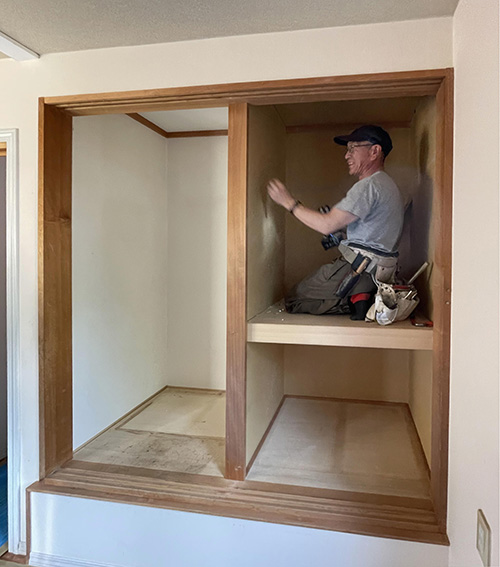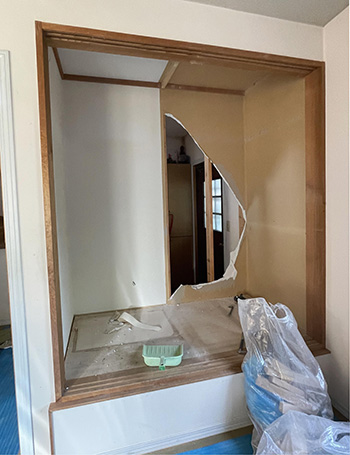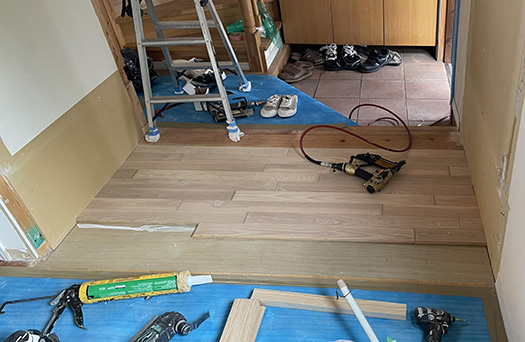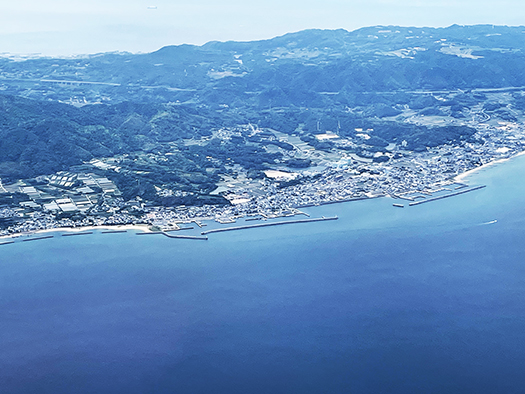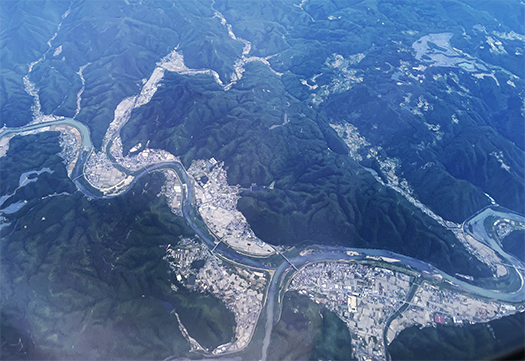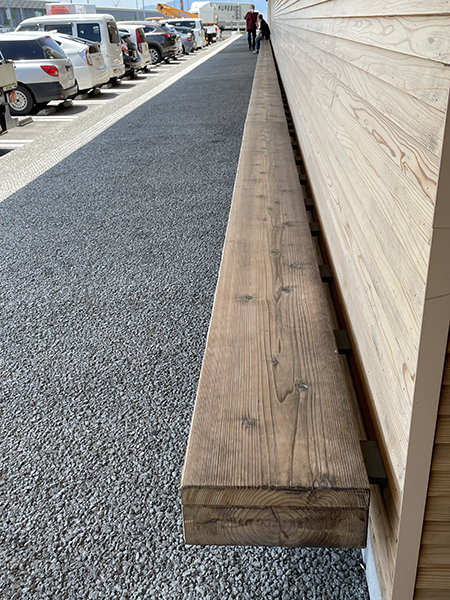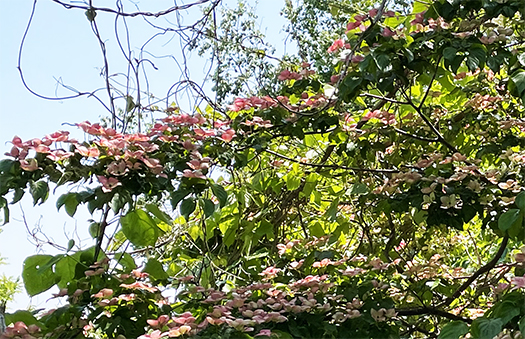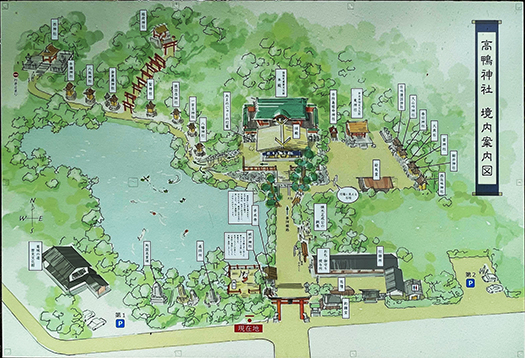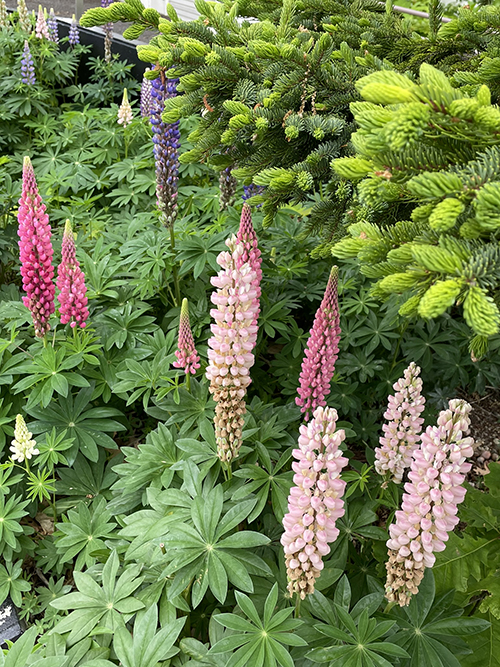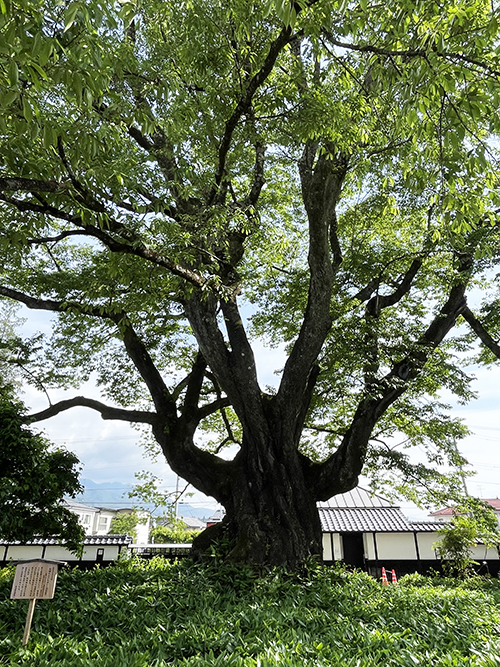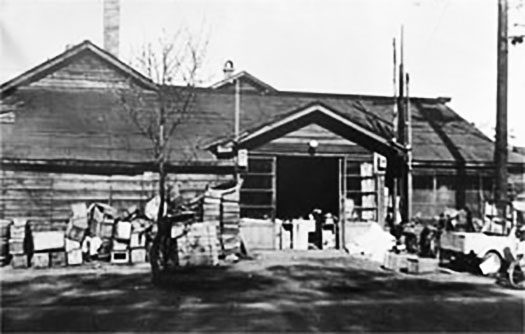
昨日までで今回のリフォーム工事、第1期の木工事関係は終了。引き続き、駐車場拡張のための土木関係工事と、室内の床研磨工事・電気関係の工事が続きます。
ということで前から一度は、と思っていた近隣への訪問もさせていただいた。外部工事ではどうしても隣接する土地との絡みが生まれるので、ご挨拶の必要が生じる。結果として、ごく自然に対話することが出来て良かった。なんといっても相方は全国企業の北海道支店なので、通常「隣近所」的なお付き合いが難しいのですね。よかった、といったところ。
人間が生きるというのには当然、住まいの条件が関わってくる。ただ単に「住むだけ」というのであればそれなりのことで済むけれど、わたしの場合は、生まれた頃から農家であったり商家であったりしたので、いわば生き様がそのまま家の表情に表れていると感じる。
写真はわたしが3歳の時に、父が一生の決断で岩見沢市近郊での農家をやめて、札幌市中央区の北大植物園に東側が道路を挟んで向かい合っていた角地の建物を購入して、移転してきた住まい。
2歳まで住んでいた農家住宅はあんまり記憶がないけれど、いまでもときどきクルマで近くに行くことがあり、そのときにはやはり「郷愁」のような感覚がある。しかし体験記憶とともに暮らしぶりなどが蘇ってくるのは、やはりこの古写真の家。
父親は札幌での生業として、農家出身らしく「食品製造業」を志向していた。最初は納豆製造に取り組んでいたけれど、当時の取引先から別の食品の将来性を教えられて、そちらに転進を図っていった。そんな時期の記憶が再生されてくる住宅写真。
当時の住宅入手方法は、おおむね建売一択だったそうで、そういった不動産業者が開発した「角地」用の商家向け物件だったようです。商品配送のためにすぐに購入した「オート三輪」の後ろ姿が記録されています。家の前にはたくさんの「配送用の木箱」が集積されている。建物内部に入りやすそうな、店舗向けと思われる玄関開口。硝子主体の引き戸。その右手にはこれも硝子主体のショーウィンドウ風のコーナーが角まで回っている。
こういう住まいが、自分を育ててくれたという独特の感情が籠もっていて、ときどき見入っては、振り返る一枚の住宅写真です。たぶん、多くのみなさんにもそういう写真があるに違いない。
English version⬇
The unity of housing and human life.
Photographs of houses provide us with a lot of “way of life” information. I think the range of such experiences expands with life experience. I think that the range of such reliving will expand with life experience.
As of yesterday, the first phase of the woodwork-related work for this renovation project was completed. Civil engineering-related work to expand the parking lot and interior floor polishing and electrical work will continue.
So, I visited the neighborhood, which I had wanted to do at least once before. Since the outside construction work inevitably involves the adjacent land, it is necessary to greet the neighbors. As a result, we were happy to be able to have a very natural dialogue with them. After all, my partner is a Hokkaido branch of a nationwide company, so it is usually difficult to have a “neighborly” relationship with him. It was a good thing.
Naturally, the condition of a residence is a part of human life. If you are simply “living” in a house, you can get away with a lot, but in my case, I was born into a farming family and a merchant family, so I feel that my way of life is directly reflected in the expression of my house.
In the photo, I am three years old, and my father made a lifelong decision to quit farming near Iwamizawa City, and bought a corner house across the street on the east side from the Hokkaido University Botanical Garden in Chuo-ku, Sapporo City, and moved us to the new house.
I don’t remember much about the farmhouse where I lived until I was two years old, but even now I sometimes drive by the house, and when I do, I still feel a sense of “nostalgia. However, it is the house in the old photo that brings back memories of the experience and the lifestyle of the family.
His father, who came from a farming family, wanted to be a “food manufacturer” in Sapporo. At first, he was involved in natto (fermented soybeans) production, but when a business partner at the time told him about the potential of other food products, he decided to move in that direction. This photo of a house replayed the memories of such a period.
It seems that the only way to obtain housing at that time was generally by building for sale, and the property was for a merchant family for a “corner lot” developed by such a real estate agent. The back view of the “auto tricycle,” which was immediately purchased for product delivery, is recorded. Many “shipping crates” are accumulated in front of the house. The front door opening, which appears to be for a store, which seems to provide easy access to the interior of the building. A sliding glass door. To the right of the sliding glass door is a show-window-like corner, also made mainly of glass.
This is a photograph of a house that I sometimes look back on, filled with the unique feeling that this kind of house brought me up. Perhaps many of you must have such a photograph as well.
Posted on 6月 15th, 2024 by 三木 奎吾
Filed under: 住宅マーケティング | No Comments »


